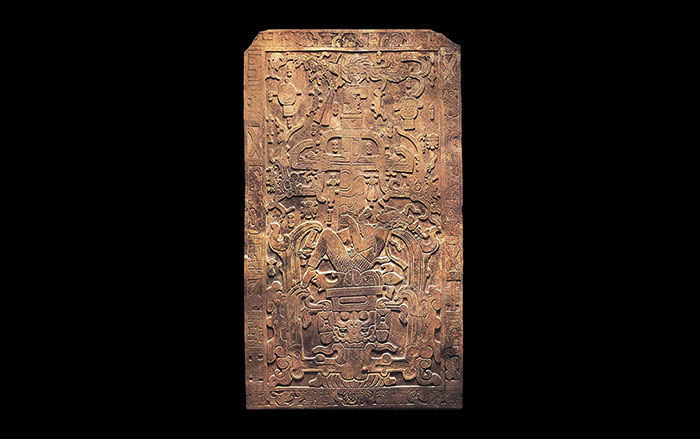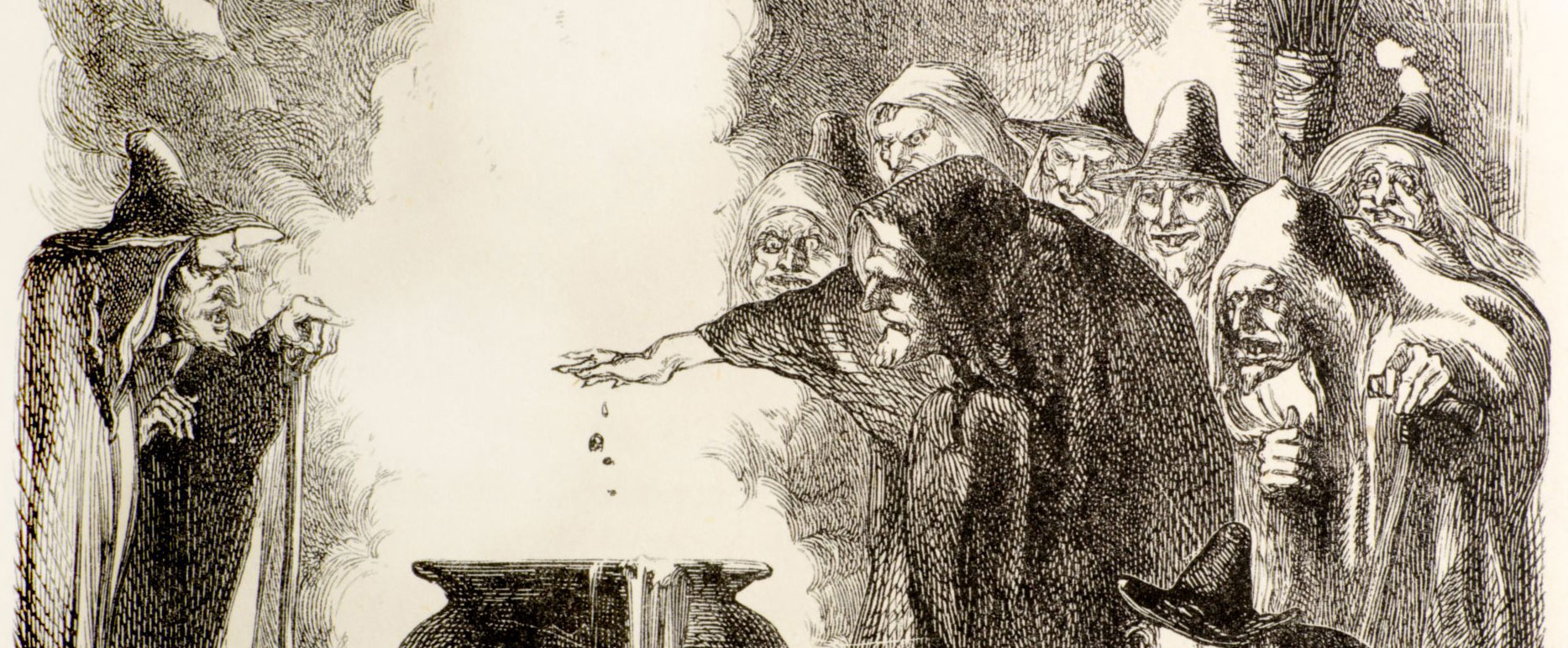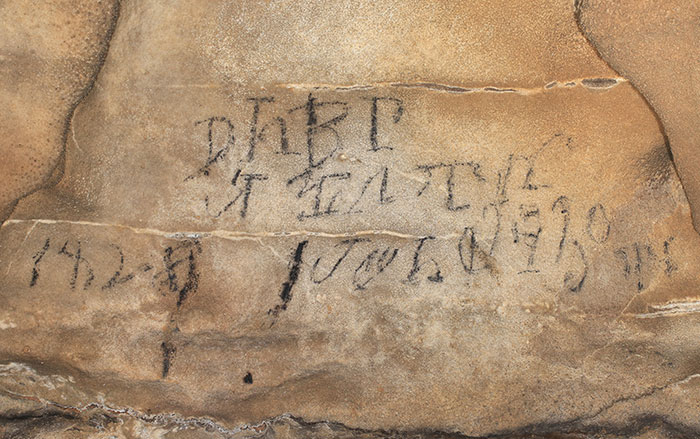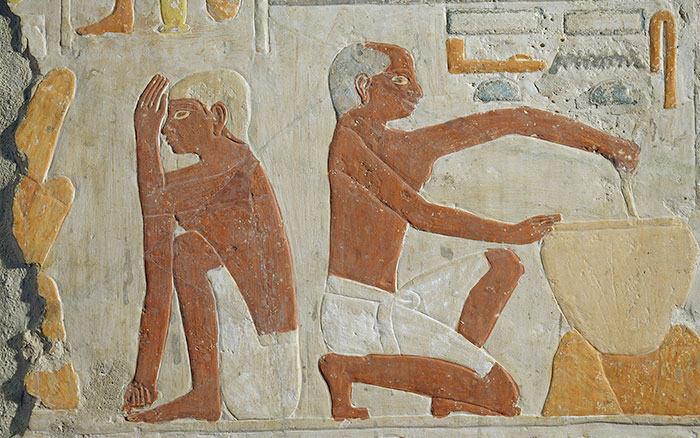
HAMILTON, CANADA—Analysis of residues from ceramics and stone tools unearthed at the coastal village site of La Consentida in southwest Mexico detected remains of flowering plants, wild beans, and grasses including maize dating back to the Early Formative Period, as early as 4,000 years ago. Éloi Bérubé of McMaster University and Guy Hepp of California State University, San Bernardino, said the plants mark the transition from foraging to agriculture, living in permanent settlements, and social complexity. Some of the plants, such as the maize, had been processed into different parts and cooked. Traces of maize and wild beans were also detected on burial offerings. To read about maize domestication, go to "How Grass Became Maize."











